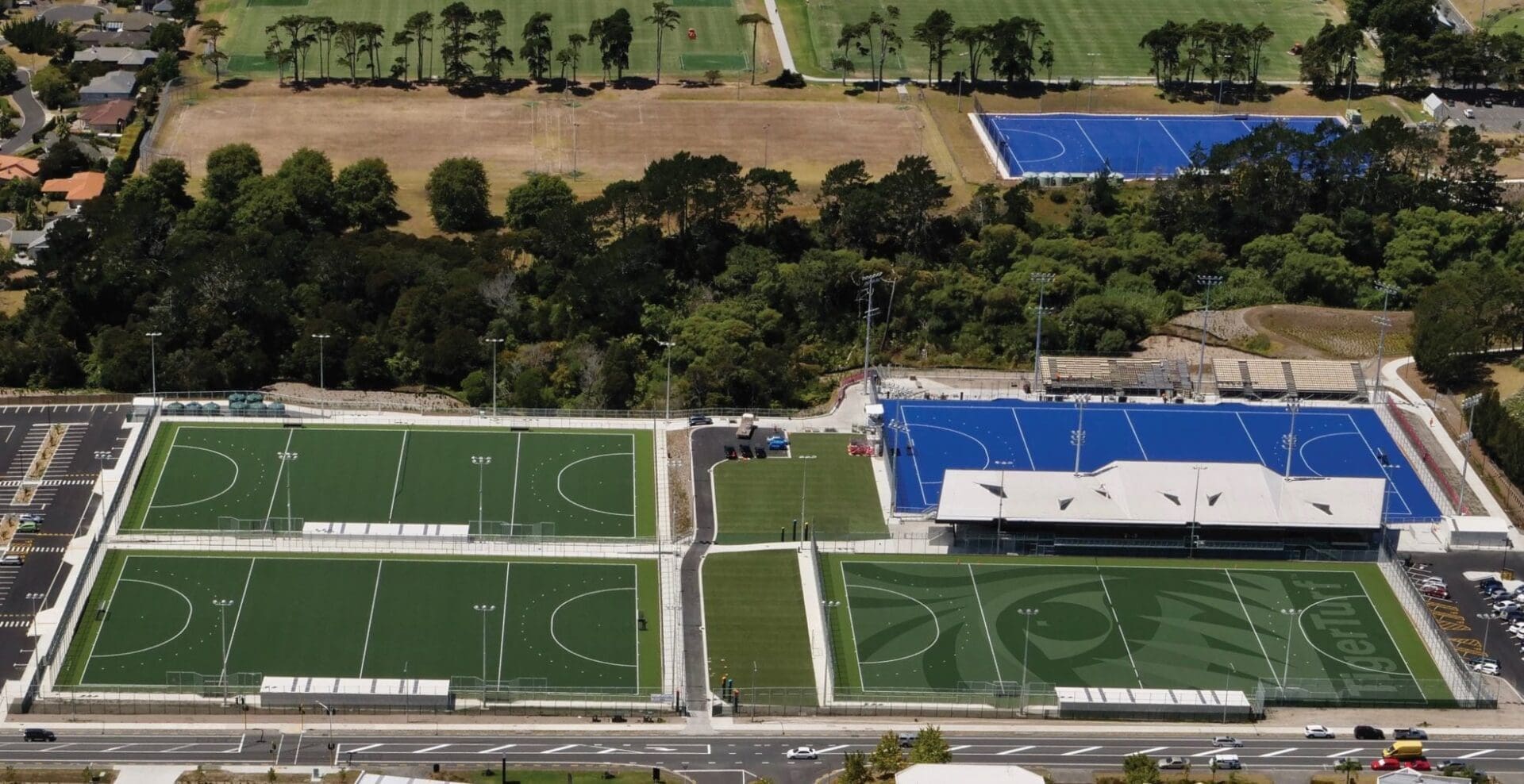
While artificial turf for hockey is much easier to maintain than natural grass, it doesn’t mean that no maintenance is required. Maintaining your hockey pitch is required for optimal performance.
Small efforts, frequently, will ensure that you maintain a tip-top hockey pitch. This in turn can save you thousands of dollars in the long run.
If you’re looking for an easy-to-follow maintenance schedule for your hockey turf, look no further. We’ve combined our knowledge to bring you a complete guide for maintaining your artificial turf for hockey.
Let’s dive in!
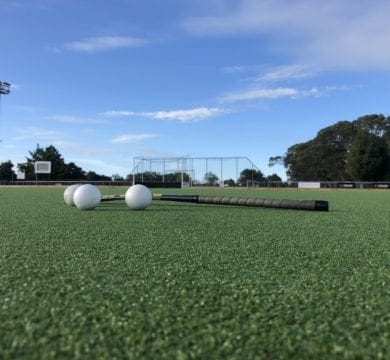
It’s artificial, right? Doesn’t it kind of… take care of itself? Not quite.
Synthetic grass has greater longevity than natural grass, increased hours of field usage, and can last for many years – but to get all of these benefits, you need to maintain it.
Maintaining your hockey turf properly can:
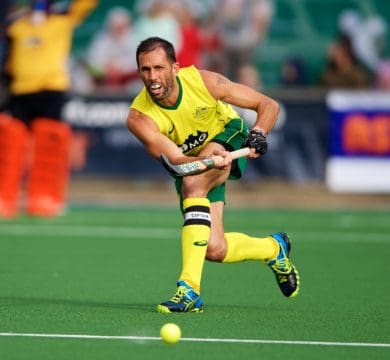
You know that a little maintenance on a regular basis helps to identify and deal with any issues before they become bigger problems. But what do you actually need to do?
Read on for suggestions for how you can keep your artificial hockey turf looking spic and span, with only a little maintenance.
Keep your hockey turf clear of debris
Being outside, hockey turfs can collect an assortment of debris.
We recommend removing any debris such as litter, leaves, twigs, dirt, or mud regularly. This reduces the number of hazards for players on the pitch and keeps your hockey turf looking fantastic. Preventative maintenance reduces the number of issues you will encounter with your pitch.
Watering your sports turf
Water-based turfs require regular watering to be kept in optimum condition. Regularly watering your turf minimizes the injury risk for players. A properly watered turf reduces slippage and cools the pitch to minimize the “carpet burn” players experience after falling over.
Be careful not to over-water your pitch. This can create a boggy environment which can slow down the game. Overwatering can also have negative environmental impacts as a result of excess water use and contaminated runoff.
To avoid flooding, ensure the pitch has adequate drainage, and consider implementing an automated watering system.
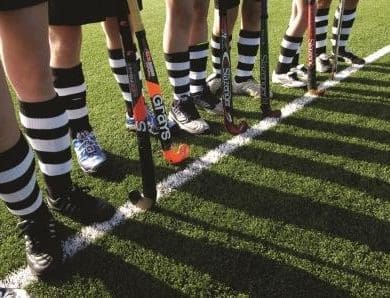
Monitor conditions of your turf
Identify any impurities or imperfections in your hockey turf, especially in high-use areas like close to gates and within the goal circle.
The best way to do this is to walk along the seams of your turf often. If left unidentified, splits in the seams or tears in your turf can quickly become hazardous for the players.
Detecting minor issues early ensures they can be fixed before they get really bad. This means you can continue to provide a top-quality pitch to your players while ensuring it doesn’t become a major, costly issue.
Minor splits or tears can often be fixed with glue, but for major issues, contact your supplier or manufacturer for advice on the best course of action.
Physically being on the turf often and checking for impurities will also mean you’ll find debris that may have been missed previously.
Monitor and groom your infill
Infill (like sand) is a loose layer of product that sits in between the blades of your synthetic turf. It has a lot of jobs to do, but in short, infill keeps your grass looking and feeling good.
It’s important to keep infills regularly groomed to avoid movement in the surface of the turf. If the infill is deficient, then it also needs to be replenished.
Ensure that you get clear instructions from your installer about the infill maintenance for your hockey field. The frequency of checks, grooms, and replenishment will vary with use and weather.
The equipment around your turf needs to be checked frequently
It’s important that you regularly check the equipment surrounding your hockey turf, especially around sprinkler systems, drains, fences, and gates.
Checking this equipment minimizes the potential damage and debris on your synthetic grass. Repairing any damaged equipment keeps your arena looking its best while maintaining the safety of spectators and athletes.
Treat algae on your water turf with preventative measures.
For water-based turfs, the probability of algae growth is high if you don’t take preventative measures.
The rate of algae growth is based on climate conditions such as:
Or turf conditions like:
To identify algae, look for brown spots or slippery areas, especially around the white lines.
Firstly check the runoffs of the field for moss and algae growth as we find that’s where it tends to start.
Preventative measures for algae include regularly cleaning turf, and if required, using a heavily diluted algae preventative chemical into the water sprinkler system.
For the health and safety of your players and spectators, check the chemical before adding it to the watering systems and ensure it is safe for humans.
Always check with your turf supplier or manufacturer before putting any chemicals on your artificial grass.
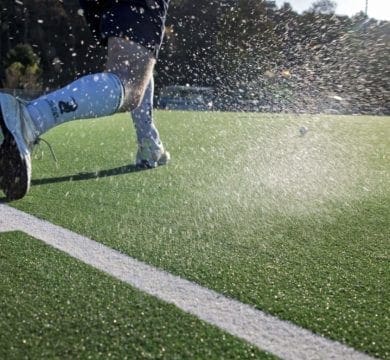
Artificial turf for hockey
Treat moss and weeds on your hockey turf quickly
Sand-based turfs can be susceptible to moss and weeds. Regular preventative care helps reduce the likelihood of this becoming a major issue.
Minor impurities on your hockey turf can be treated by:
Regular preventative care and maintenance will make sure your hockey turf stays in tip-top condition. However, every once in a while it’s helpful to get a specialist in to help with grooming and brushing your artificial turf. You’ll be left with a rejuvenated and refreshed playing field that you will be able to continue to enjoy for years.
We do not recommend vacuuming your artificial grass, as it may remove infill and flatten it.
If you are looking for advice on maintaining your artificial hockey turf, feel free to get in contact with our maintenance division here at Tiger Turf.
To guarantee no long-term damage, we recommend you do the following steps immediately as they happen.
A crucial part of maintenance is understanding when it’s time to upgrade or replace your turf. Frequent and proper maintenance will increase the lifespan of your hockey turf.
How much will it cost?
The cost of replacing your turf will depend on your specific needs. However, good suppliers will offer a range of options for varying levels of use and can cater to your budget.
How long will my turf grass last?
The life expectancy of an artificial turf depends on the level of activity that occurs and the conditions the turf is exposed to. Generally, our turfs last for 15 years, but with proper maintenance, we have seen our turfs last for up to 20 years.
We would expect your hockey turf to last between 10 and 15 years, depending on the level of usage and the maintenance routine.
If you need a bit of help to ensure your hockey turf lasts the mile, or are ready to replace your pitch, you’re welcome to get in touch to discuss your options.






